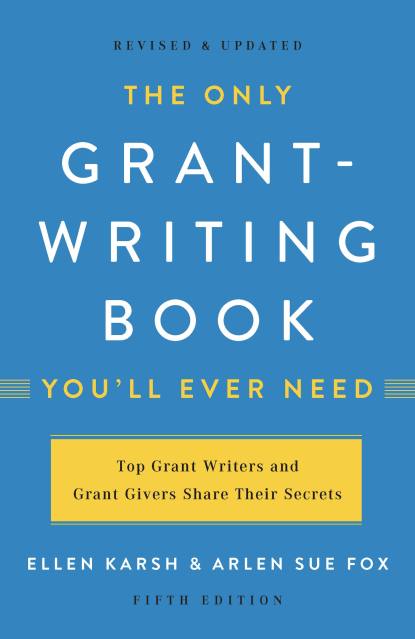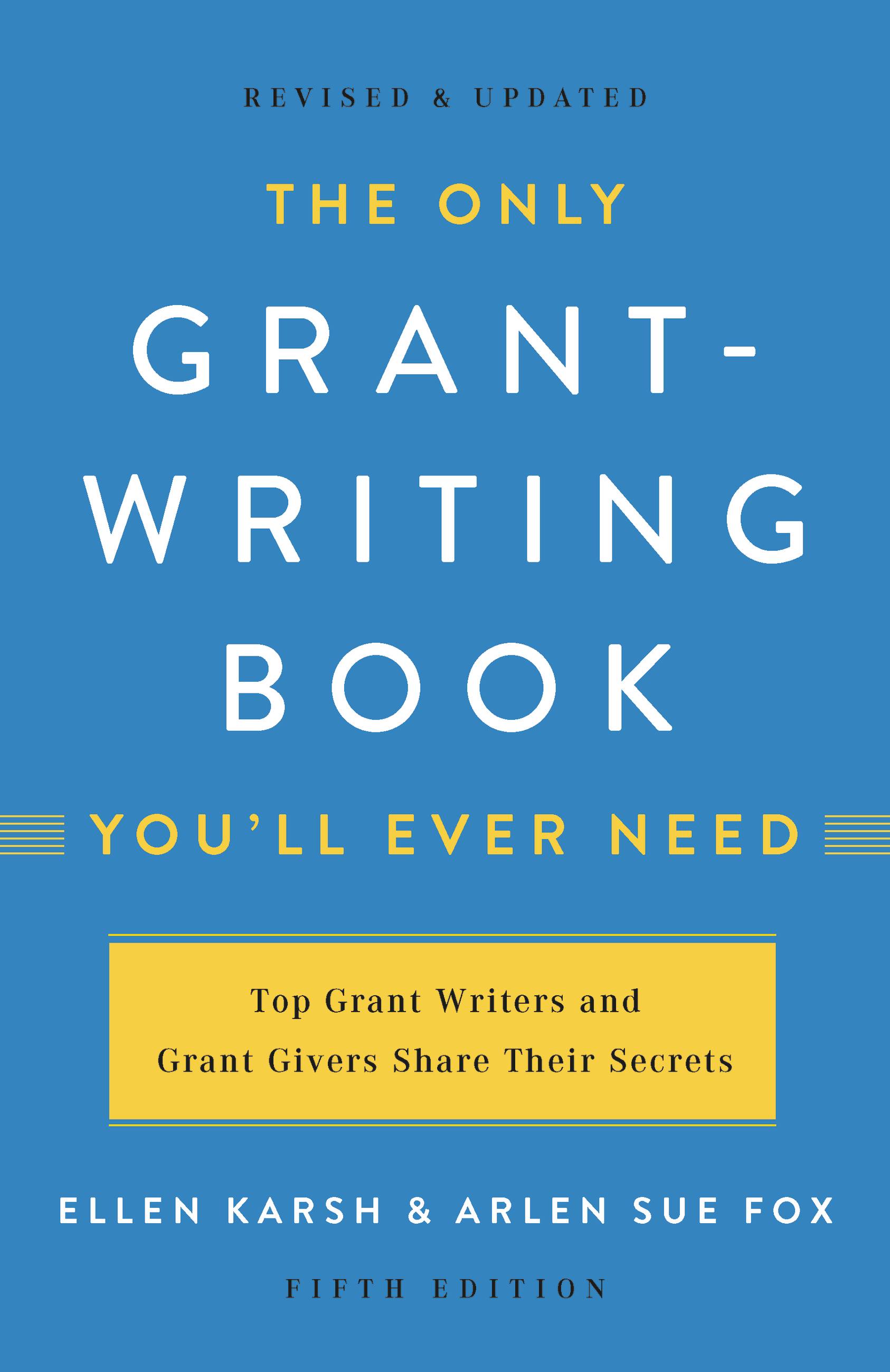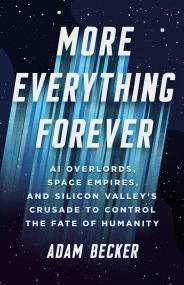Promotion
Use code BEST25 for 25% off storewide. Make sure to order by 11:59am, 12/12 for holiday delivery!
By clicking “Accept,” you agree to the use of cookies and similar technologies on your device as set forth in our Cookie Policy and our Privacy Policy. Please note that certain cookies are essential for this website to function properly and do not require user consent to be deployed.
The Only Grant-Writing Book You’ll Ever Need
Contributors
By Ellen Karsh
Formats and Prices
- On Sale
- Nov 5, 2019
- Page Count
- 448 pages
- Publisher
- Basic Books
- ISBN-13
- 9781541617810
Price
$27.99Price
$36.99 CADFormat
Format:
- Trade Paperback $27.99 $36.99 CAD
- ebook $16.99 $20.99 CAD
- Audiobook Download (Unabridged) $27.99
This item is a preorder. Your payment method will be charged immediately, and the product is expected to ship on or around November 5, 2019. This date is subject to change due to shipping delays beyond our control.
Buy from Other Retailers:
Written by two expert authors who have won secured millions of dollars in government and foundation grants, The Only Grant-Writing Book You’ll Ever Need is the classic book on grant seeking, providing a comprehensive, step-by-step guide for government, nonprofit, and individual grant seekers. Drawing on decades of experience in grant writing and professional development, Ellen Karsh and Arlen Sue Fox demystify the process of securing grants while offering indispensable advice from funders and recipients.
- Vital information about grantsmanship in today’s ever-changing economic and social climate
- In-depth interviews with funders, nonprofit leaders, and policy makers about the grants process
- A new chapter on how to diversify funding and think “outside the box” when grants are scarce
- Concrete suggestions for developing each section of a proposal
- Hands-on exercises that let you practice what you learn
- A detailed description of important websites for grant seekers
- Strategies for developing and presenting programs that are likely to receive grants
Newsletter Signup
By clicking ‘Sign Up,’ I acknowledge that I have read and agree to Hachette Book Group’s Privacy Policy and Terms of Use






